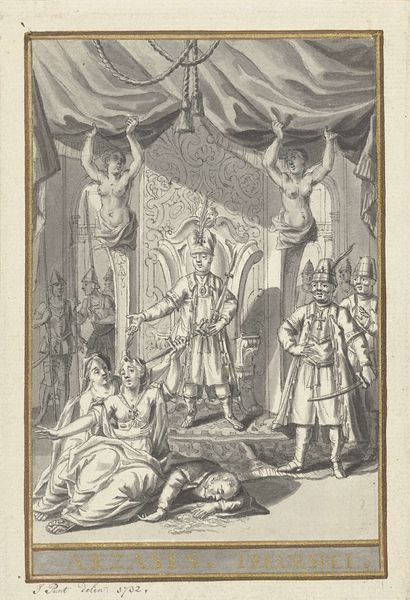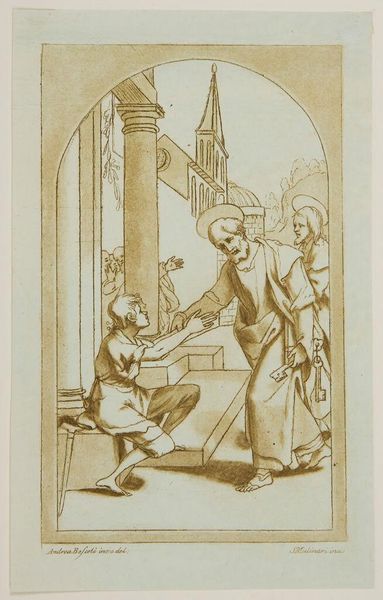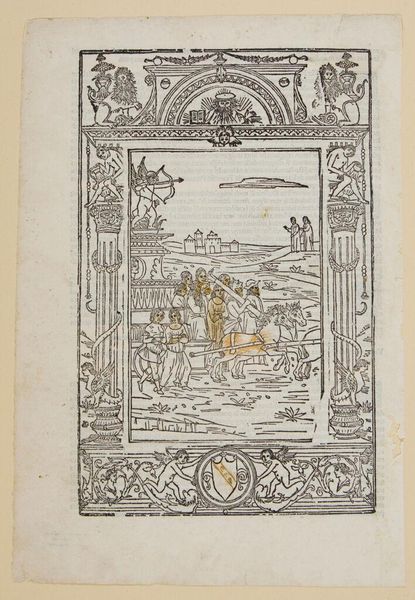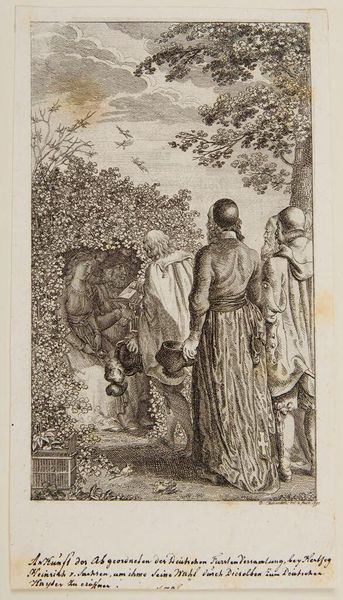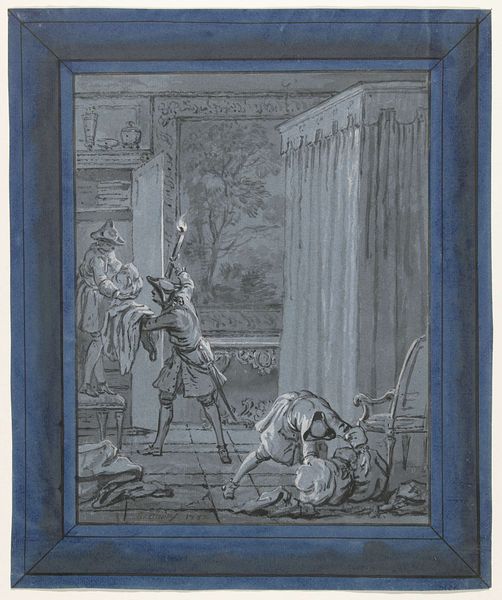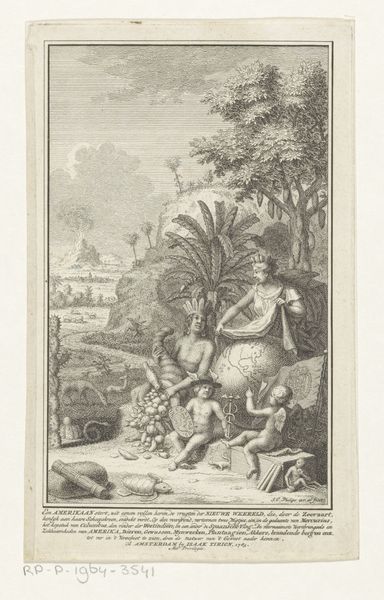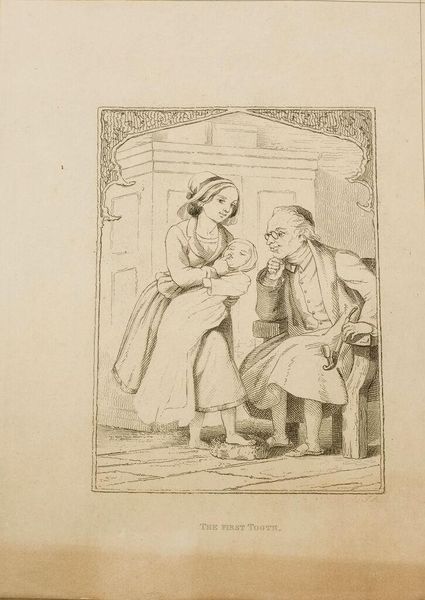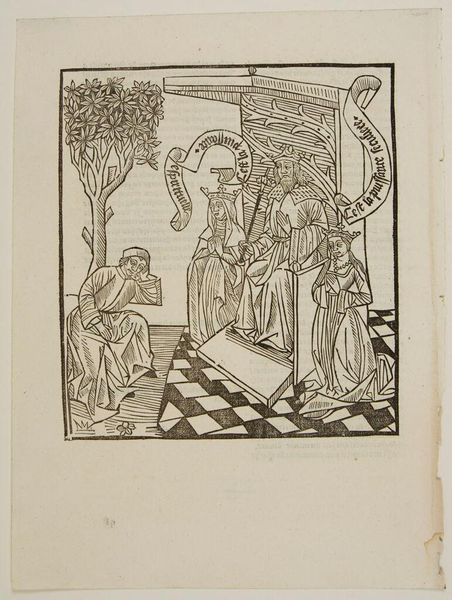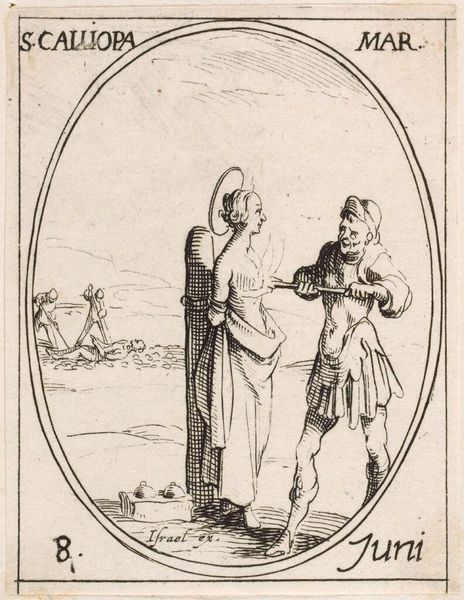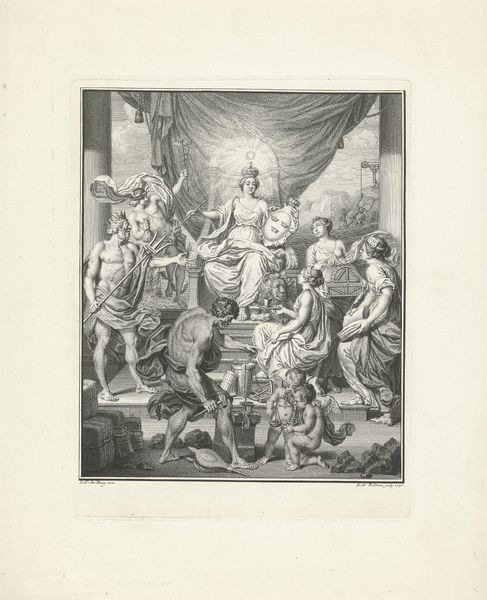
painting, acrylic-paint
#
portrait
#
painting
#
acrylic-paint
#
orientalism
#
islamic-art
#
genre-painting
#
miniature
Dimensions: 8 x 6 in. (20.32 x 15.24 cm)
Copyright: Public Domain
Curator: Here we have an artwork titled "Man Massaging Woman," likely created around 1675. It's part of the collection at the Minneapolis Institute of Art. Editor: It has an intimate, almost clandestine mood. The space feels closed off, very private, though the vivid coloring suggests celebration. The miniature form also concentrates its energies. Curator: Precisely. This piece, executed using acrylic paints, draws from both portraiture and genre painting styles, presenting us with a glimpse into courtly life, or perhaps even a carefully constructed fantasy of orientalism. It certainly perpetuates the traditional themes and motifs of Islamic art of the period, through the setting and attention to decorum. Editor: I’m drawn to the materials; considering that this piece employed the relatively modern acrylic paints, the result is unexpectedly luminous and soft. How would access to materials such as the color influence their workshop process, as I feel as if the material availability affects the process quite obviously here? Curator: I think your focus on the materiality is quite valid. The materials impacted availability and dictated cost, which, in turn, controlled production in court-sponsored workshops. They likely developed meticulous processes to conserve their high end paint and brushes! I’m seeing their processes are influencing public imagination. Editor: Do you believe these historical paintings have changed what "pleasure" would come to look like? There seems to be an aspect to being intimate that is both a material thing as much as it is symbolic in this image. Curator: I see what you're getting at. It could indicate how notions of pleasure were carefully controlled and curated by court culture, influencing societal views and behaviors around private matters, especially considering this piece may not have ever been seen by the commoners or peasants, but those from high wealths or statues. Editor: What an interesting reflection on process, presentation, and access! I would’ve have thought about painting a love scene in the terms of power beforehand. Curator: Yes, analyzing its reception, and seeing it from the power and money the painting can provide, offers new layers of comprehension.
Comments
minneapolisinstituteofart about 2 years ago
⋮
These two leaves are classic seventeenth-century Malwa school paintings, one of the earliest and historically most important Rajput schools. At Mandu, the capital of Malwa, miniature painting can be traced back to the fifteenth century, when it developed as a variant of the Jain style of western India. By the seventeenth century, however, this purely Malwa style had evolved. Simple geometric compositions predominate, and colors are bold and highly symbolic, while naturalism and volume are negated. Human figures are typically shown against red or green backgrounds, which dramatically flatten the pictorial surface, thereby lessening the sense of space. Ragamala paintings illustrate modes of classical Indian music, usually personifying characteristics of love or heroic behavior. These miniatures might illustrate the Ramkali Ragini ragamala but could also be based on a classic of erotic literature such as the Kamasutra.
Join the conversation
Join millions of artists and users on Artera today and experience the ultimate creative platform.
